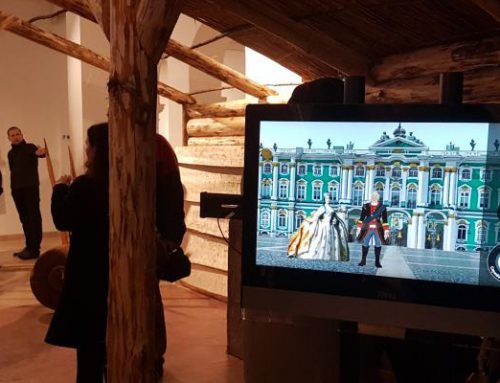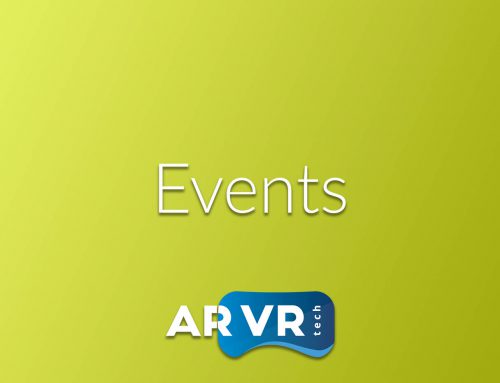
Last week we have returned from TFMA – Technology for Marketing Event in London where thousands of marketing decision-makers exchanged expertise and network.
Seismic changes in digital marketing landscape encourage the most competitive CEOs and marketing executives to be constantly on the edge of innovation.
At TFMA we discussed, among many topics, how to utilize the next moves of customers with big data and omni-channels of the future; how to capitalize on major sport and entertainment events and harness the transformation of publishing industry.
Given the fact that Virtual and Augmented Reality are the technologies which have started to gain significant traction and attention of audience over the last several years, here we outline four ways how you can implement Virtual Reality in your marketing plan.
Virtual and Augmented Reality are fields where knowledge is systematized on the go due to changing marketing landscape. Thanks to the influencers and clients working together, we could not help but agree with the VR and marketing tips of an entrepreneur Elena Titova while we provide our own experience in this synergy.
1. MAKE A 360 DEGREE VIDEO
360-degree videos are perfect to present the standard information in the unusual way. Your potential users can experience the new storytelling thanks to a VR Headset they are wearing, while the image is moving.
Many companies start to integrate Virtual and Augmented Reality into their branding efforts and as a differentiating factor: from immersive interviews to tours, test drives, and other option which can be viewed, scaled, and differentiated via different platforms computer, phones, or VR headsets.
From our experience, audience reacted incredibly well to a 360-degree video for tourism purposes that we created with partner Homepage agency in order to provide the medieval experience of knighthood to wonderful visitors.
2. CREATE A VR/AR GAME
VR games are at the crossroads of gaming and film production as we knew it. The more hardware develops, the more realistic and seamless the content would feel for the audience.
The more capable your programming and creative team is, the more value your users can get out of the game. Of course, so many VR/AR games are based on earning points, getting through checkpoints, trying out different scenarios or routes.
These gaming mechanisms create environment for brands to get promoted inside the game. Products are collected, while even discounts and vouchers can be offered to the eager players that have reached certain level.
If you want to try out some of our VR and AR apps, go to Google Play Store or App Store.
3. BRAND GOOGLE CARDBOARD FOR YOUR CUSTOMERS
Although more and more consumer electronic companies want to tap into the VR market and provide hardware, still Google Cardboard turns out to be a very cost-effective solution.
Google Cardboard can be distributed personally to visitors at events, trade shows or conferences and it is a wonderful way to increase direct engagement and to test people’s reactions on the spot.
As you can see during TFM in London, we branded Google cardboards with the same marketing theme of knighthood as in the 360-degree video we created.
This was the original and unexpected gift to the bravest visitors on our stand who tried out different apps, without feeling dizzy and who enquired about best options to integrate VR and AR in their business model.
4. TURN YOUR PACKAGE INTO VR GLASSES
Have an honest look at the packaging of your product or service. Can you get more original or your creative juices almost dried up?
If that is the case, it is high time you started thinking outside of the box, which is similar to how McDonald’s has revolutionized its packaging.
In Sweden Happy Goggles their endeavor to transform a Happy Meal box into VR cardboard glasses was immensely successful and showed that excellent branding is both about what is inside and outside.


